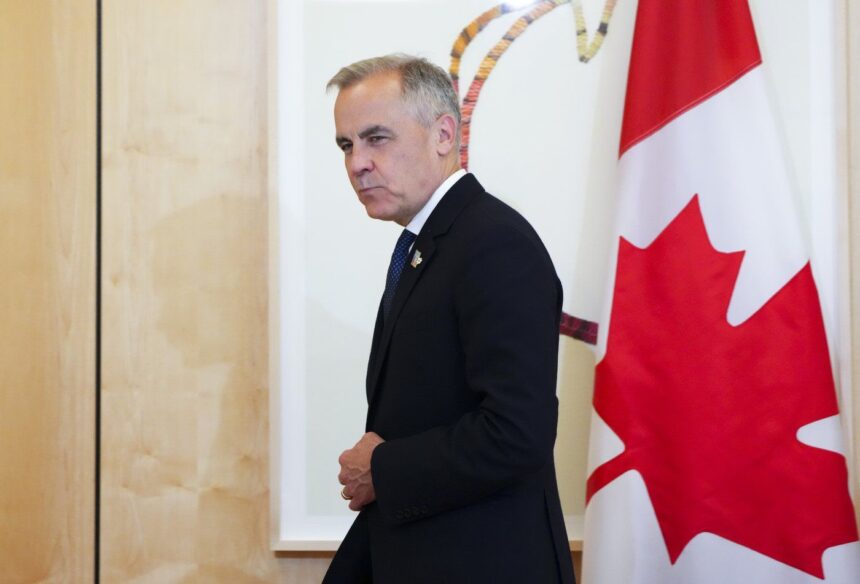In an atmosphere charged with economic uncertainty, Finance Minister Mark Carney made an unscheduled visit to Hamilton’s steel district yesterday, meeting with union representatives and plant managers as Canada-U.S. trade negotiations reach a critical juncture. The high-profile appearance comes amid mounting pressure on the federal government to protect Canadian steel jobs while navigating increasingly complex trade relationships with our southern neighbor.
“We’re not just discussing theoretical economic policies here,” Carney told workers gathered at Dofasco’s main facility. “We’re talking about your livelihoods, your communities, and Canada’s industrial foundation. I’m here to listen directly to those most affected by these negotiations.”
The visit highlights the growing stakes in ongoing trade discussions, as U.S. negotiators push for stricter domestic content requirements that could significantly impact Canadian steel exports. According to Canada News, Hamilton’s steel industry employs over 10,000 workers and contributes approximately $3.8 billion annually to Ontario’s economy.
United Steelworkers Local 1005 President Miguel Santos expressed cautious optimism following the closed-door meeting with Carney. “The Minister seems to understand that these aren’t just numbers on a spreadsheet,” Santos said. “He acknowledged that any agreement must protect Canadian jobs while ensuring our industry remains competitive globally.”
Trade experts suggest Carney’s direct engagement with steelworkers signals a shift in negotiation strategy. Dr. Eleanor Chen, Professor of International Trade at McMaster University, told CO24 Business: “The government appears to be gathering frontline intelligence to strengthen their position. Understanding the real-world impacts gives Canadian negotiators concrete examples to present at the table.”
The Hamilton visit comes just days after U.S. Trade Representative Katherine Tai indicated that Washington might consider tariff exemptions for Canadian steel producers who meet certain environmental standards—a potential breakthrough reported first by CO24 Politics.
“We’re pursuing a balanced approach that recognizes our integrated supply chains while addressing legitimate concerns about market disruption,” Carney explained. “The reality is that North American steel production is stronger when we work together, but we won’t accept terms that disadvantage Canadian workers.”
Industry data reveals that bilateral steel trade between Canada and the U.S. reached $12.1 billion last year, with Canadian exports accounting for nearly 60% of that total. Any significant disruption could ripple through automotive manufacturing and construction sectors on both sides of the border.
Premier Davies joined Carney for part of the visit, emphasizing provincial support for the steel sector. “Hamilton’s steel heritage isn’t just part of our past—it’s essential to our economic future,” Davies said. “We’re working alongside the federal government to ensure these negotiations reflect the interests of Ontario workers.”
Environmental considerations have emerged as a potential advantage for Canadian producers. Hamilton’s steel plants have reduced carbon emissions by 21% since 2015, according to industry reports highlighted on CO24 News, potentially positioning Canadian steel as a cleaner alternative to competitors.
Carney is scheduled to return to Ottawa today for cabinet discussions before U.S. negotiations resume next week in Washington. Sources familiar with the talks suggest the government is preparing contingency plans should an agreement not be reached by the September deadline.
As global steel markets continue to evolve amid climate policy changes and shifting supply chains, the outcome of these negotiations could redefine North American industrial relationships for decades to come. Will Canada’s steel industry emerge strengthened from these talks, or are we witnessing the beginning of a more protectionist continental trade landscape?
























